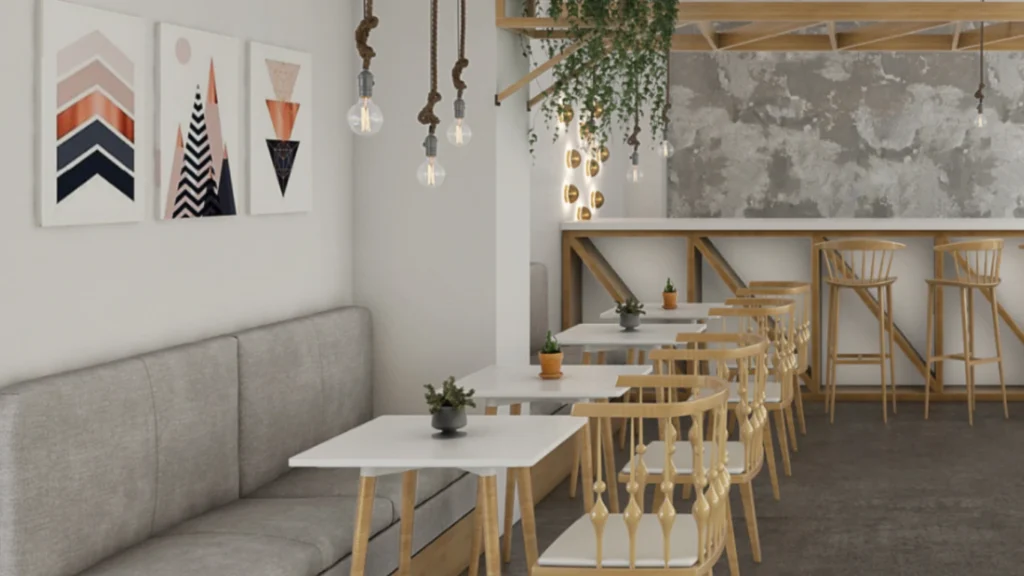
Exploring the Rise of Third Spaces in Modern Offices: Where Functionality Meets Flexibility
In the ever-evolving landscape of office design, the concept of “third spaces in modern offices” has emerged as a dynamic and transformative trend. These versatile areas go beyond traditional workstations and meeting rooms, serving as hubs of creativity, collaboration, and relaxation. As workplaces adapt to the changing needs of employees, third spaces have rapidly gained popularity and are now on the brink of becoming mainstream.
The Rise of Third Spaces
A mere decade ago, the traditional office layout dominated the professional landscape. However, the dynamics of work have evolved, and so have employee preferences. Enter the era of third spaces in modern offices – areas designed not just for work, but for fostering connections, sparking ideas, and promoting well-being. These spaces are versatile and multifunctional, catering to various work styles and activities.
Third Places Go Mainstream
According to JLL’s 2022 Workplace Preferences Barometer report, the utilisation of third spaces has surged. Around 36% of employees now work in these “third places” at least once a week – an impressive 8% increase from the previous year. This growing popularity is set to continue, with 33% of respondents expressing their interest in utilizing third spaces in the future. This data underscores the transformative impact of third spaces on modern work culture.
A Multifunctional Haven
Third spaces encompass an array of settings, each designed to serve a specific purpose while accommodating flexibility. They include:
- Cafeteria and Lounge Areas: Evolving beyond the role of simple break rooms, cafeterias have become social hubs fostering cross-departmental interactions.
- Town Hall Spaces: These areas accommodate large gatherings, fostering unity through company-wide meetings and presentations.
- Hot Desking Zones: Flexible workstations allow employees to choose their work environment based on tasks and preferences.
- Informal Meeting Rooms: Casual and comfortable settings facilitate quick discussions and brainstorming sessions.
- Quiet Corners: Providing solitude for focused tasks, these spaces promote concentration and reflection.
The Benefits of Third Spaces
- Enhanced Collaboration: Breaking down hierarchies, third spaces promote organic interactions and collaborations between employees.
- Increased Productivity: Empowering employees to choose their work environment enhances task efficiency and overall productivity.
- Employee Well-Being: Third spaces offer relaxation and stress relief, contributing to employee happiness and overall well-being.
- Talent Attraction and Retention: A well-designed workspace featuring third spaces communicates a commitment to employee comfort and creativity, attracting and retaining top talent.
Designing for Success
When designing third spaces, consider elements like comfortable furnishings, technology integration, aesthetics, and flexibility. By prioritising these factors, companies can create spaces that enhance engagement, collaboration, and well-being.
Embrace the Transformation
Third spaces represent more than just physical areas; they symbolise a progressive approach to work that values collaboration, autonomy, and employee satisfaction. As the workplace continues to evolve, the adaptability and diversity of these spaces will shape the future of work, inspiring innovation, and nurturing connections.
So, the next time you find yourself in a cosy lounge or vibrant cafeteria within your office, remember that you’re experiencing the power of third spaces – a movement that’s poised to redefine how we perceive and interact within our work environments.



